Fast, modern cruising catamarans tick every possible sailboat box. Here’s an exemplar from New Zealand’s own boat designing- and building expertise.
There’s a famous poster that’s hung in high-pressure workplaces. It proclaims: FAST– CHEAP–GOOD. Then comes the kicker: Choose just two.
Likewise, in the complex world of all the compromises involved in yacht design, there evolved a saying that you couldn’t realistically expect a sailboat to be FAST–SAFE–COMFORTABLE in equal measure. Until now. For the Matera 40 can respond without fear of contradiction: YES, YOU CAN! Just watch me!
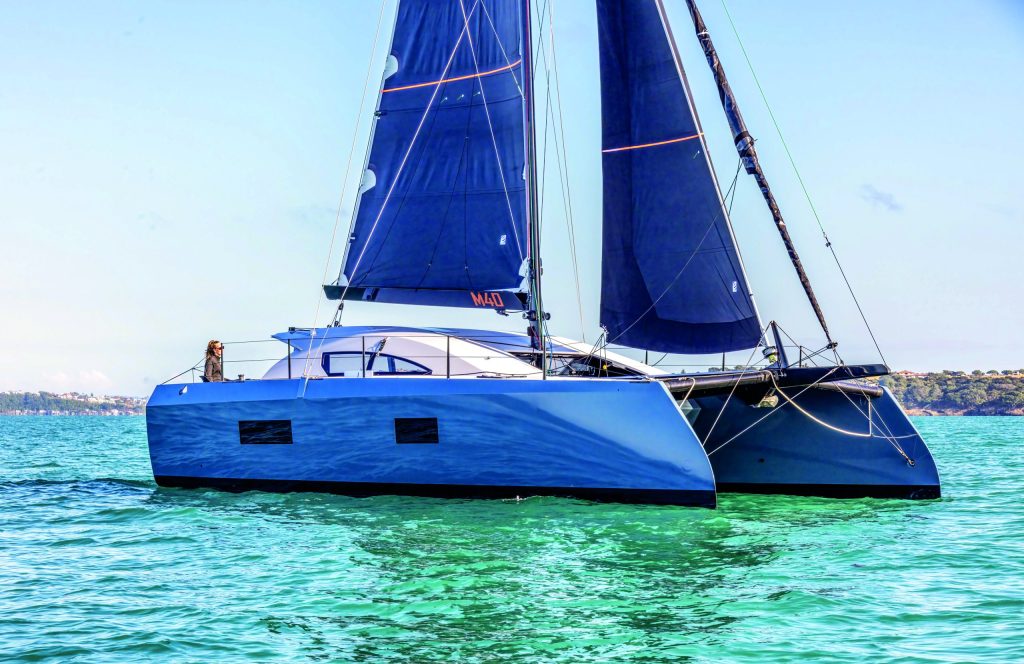
The development of modern cruising cats, led mainly by Australian and New Zealand designers in the last generation, has rewritten what’s possible in cruising yachts. How performance and safety can coexist without one compromising the other. How the profound beauty of travel under sail and the excitement of exploring new places from the sea have now been given a greater range, greater efficacy. And effortlessly too. Put simply, with a modern performance cruising cat, sailors can now go further, faster, safer. And, as an added bonus, anchor in closer and in more sheltered places.
So I was most excited to be able to go sailing on Aventador, the first of the new Matera 40 catamarans, built by Steve Bull, in partnership Kerry Pearson, both based on the Whangaparaoa Peninsula just north of Auckland.
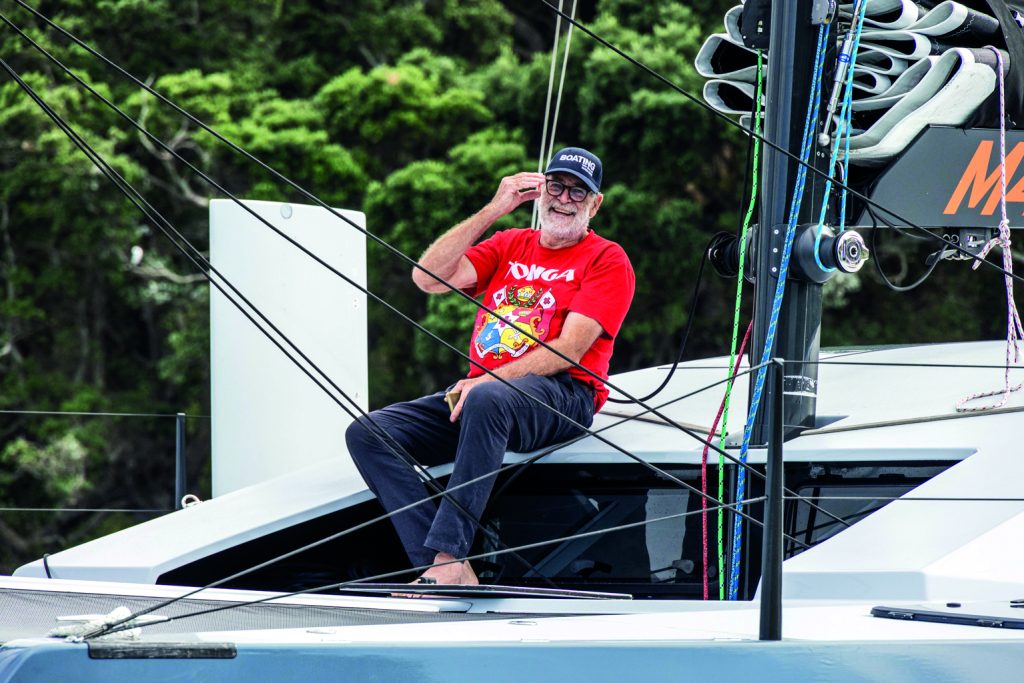
As for benefits and advantages, the Matera 40 is all of the above – and more. For the boat simultaneously investigates and innovates the state-of-the-art of contemporary performance catamarans in ways that were revealed to me on our sail in the Hauraki Gulf.
But first, a bit of background. Steve Bull is an experienced boatbuilder, a wizard with carbon fibre. He tells a vivid story of how he helped with the construction of the first Team New Zealand 72ft foiling catamaran, especially in the practical carbon lay-up of the hulls, beams and foils. And going out on a misty Hauraki Gulf day for early sailing sea trials. The amazement of the build team (following in a chase boat that could only do 15 knots) when the big cat first lifted up on its foils and left them behind in its sea spray. From then on, Steve has been a confirmed and committed catamaran builder and designer. He has designed a smaller 7.5m cat and a powerful 14m fast cruising design (named Fruition, now in Queensland, Australia) and built many other boats in carbon fibre.
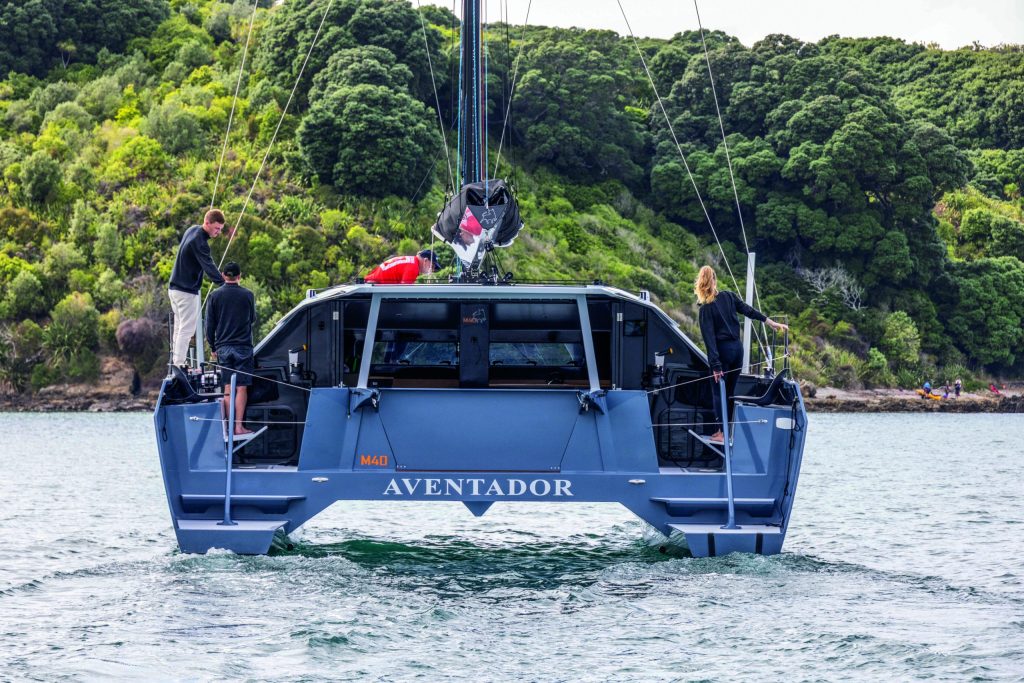
Kerry Pearson has a lifetime of knowledge in agencies and supplies for yachting and fine construction, including being the global distributor for the top-end Lightweight Goldcore plywood. Together Steve and Kerry make a fine team, combining boatbuilding, design, knowledge of materials, and business acumen – and more – in complementary ways. They have big plans for the Matera 40, and a future 50-footer too.
Essentially the boats are offered as high-end custom builds, with Aventador and the Matera 40 providing a blueprint for owner customisation. Not that I’d change a thing. Here’s why.
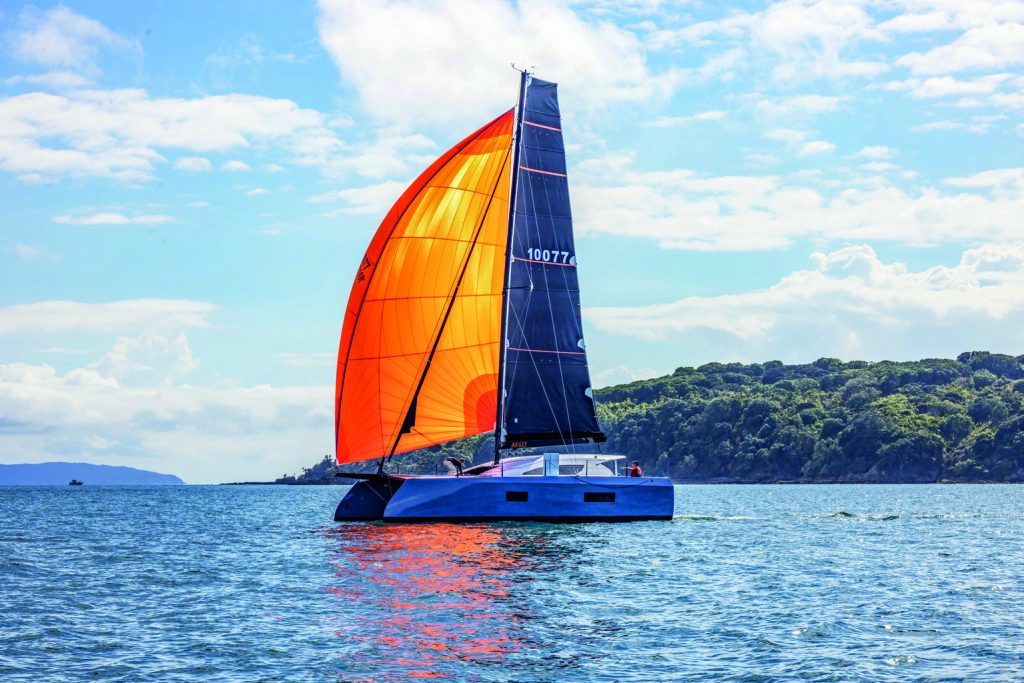
Stepping aboard the Matera 40, I’m immediately struck by the purposeful nature of everything I see. This boat looks good (in a spunky, form-follows-function, almost futuristic way), and things just keep getting better on closer inspection.
Here I am mentally comparing this fast cruising cat to our own, Skyborne, a Jeff Schionning Line Honours design (the prototype of the Waterline series range) – and wherever I look, I see clear improvements. In fact, Steve tells me that much of the inspiration for the design of the Matera 40 came from building Schionning, Roger Hill and Morelli & Melvin designs, plus from the work he’s done on Gunboats.
Where previous designs in this genre may have had awkward sloping on-deck situations (especially at the front of the coachroof around the mast step), the Matera 40 has a flat and sheltered workspace for sail hoisting and lowering and furling and wide flat side decks. Where tripping hazards of sheets and control lines along the decks could have been, they’re now hidden under the deck. The helming positions in some cruising cats don’t have perfect visibility (witness the elevated ‘pope-mobiles’ of some cruising designs); the Matera 40 has a helm station that is beyond better in ergonomic terms. For hours on the boat, I kept on coming across more clever innovations.
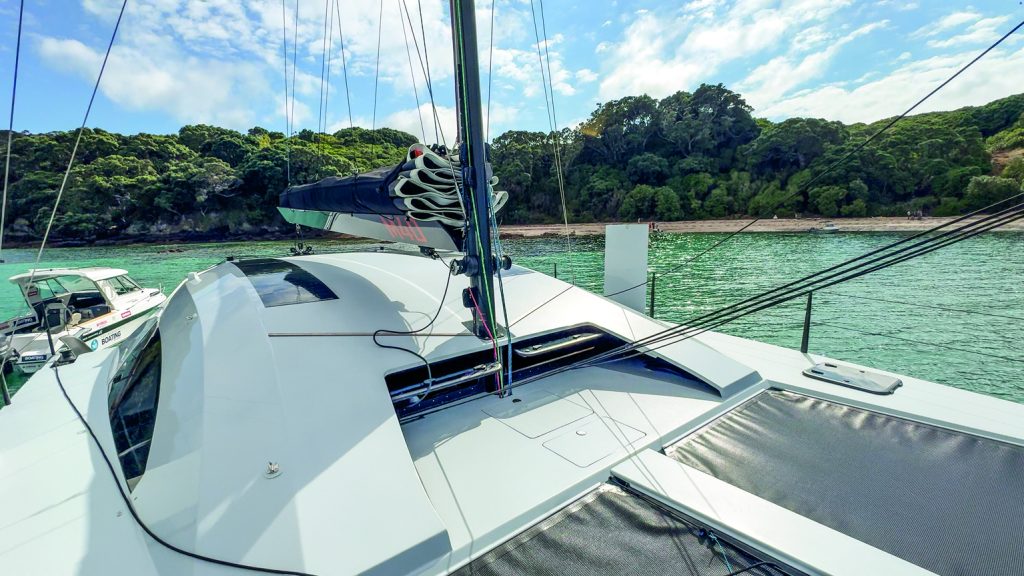
For example, the jury appears to now have a verdict on the previous ‘galley-up or galley-down’ debate in catamaran design. (Galley up wins, mostly because of the view offered for the cook and other practical advantages.) Aventador takes this to a unique new perspective by having the galley up facing forward. This keeps the outlook (makes it better in my view), and clears the saloon for a wider, full-width, through flow from saloon to cockpit. As Steve Bull says, sitting at the saloon table making an expansive gesture around him, “This is all saloon. And this is all cockpit.”
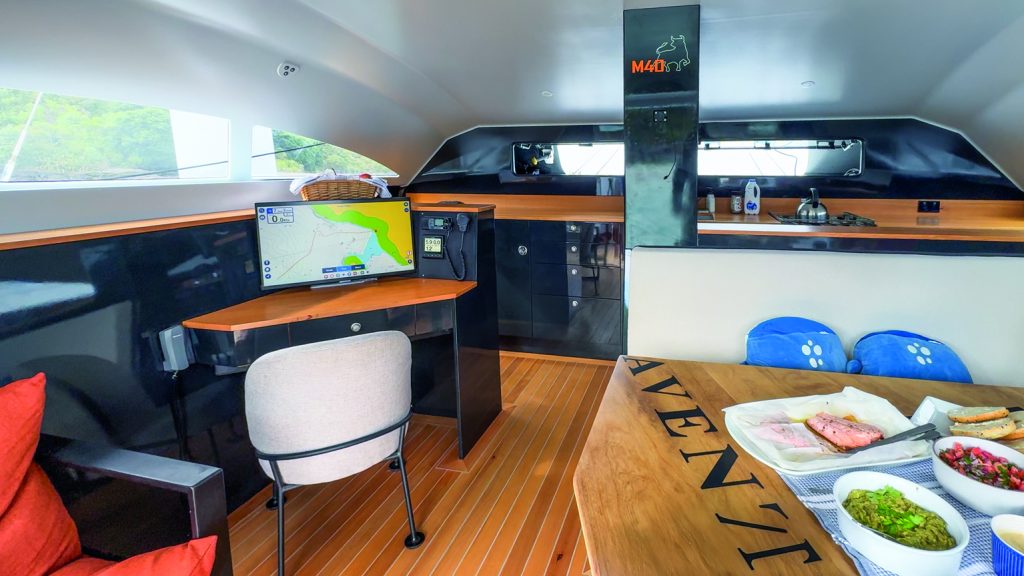
Like the fact the two auxiliary motors—quietly purring Honda 20hp four-stroke outboards—lift up entirely clear of the water with a plate on the skeg making the hull completely flush when not needed. So, no drag of underwater propellers when sailing. And, as Steve reminds me, “Outboards were never designed to stay in the water at all times.” Right. Maintenance minimised. With the freshwater hose fitting for flushing right there. (The Matera 40 can carry 500 litres of freshwater aboard.)
Further to that, the raising and lowering of the motors is effortless for the helmsperson while sitting at the steering station. The motors will propel the boat at around 8-9 knots and, more importantly, make headway into a 30-knot gale.
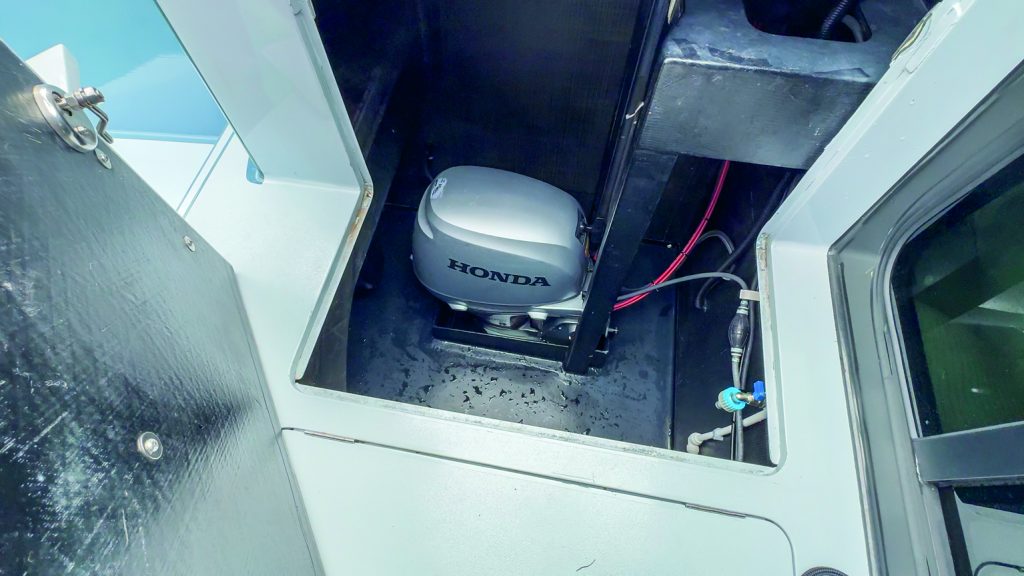
But it’s the sails that do the most impressive pushing. Our outing was in fairly light winds, and in two circumstances, with Code Zero or gennaker deployed, Aventador was sailing significantly faster than the wind. Moving at eight knots in just under six knots of breeze—that’s my kind of cruising speed, aye. Upwind, under full main and blade jib, we were matching wind speed at times. So in a way, the boat review in light airs was a bonus, as it effectively addresses the misinformation out there about cruising cats possibly being ‘sticky’ in soft breezes. No way with the Matera 40.
Also, a lovely feel for the boat, imparted through the impeccably engineered, smooth-turning tillers.

On the subject of the airfoils, the black working sails follow the carbon colour theme of the boat’s interior. And are very beautifully built by the Evolution loft at Matakana.
Steve says, “I’m very pleased with them. I wanted sails that hold their shape under duress. These do.”
Like other modern cruising cats, a further advantage is needing only a small sail wardrobe. Aventador has just four: the main (with two deep reefs), the furling blade jib; a furling Code Zero and a big bright orange gennaker. For serious offshore voyaging, Steve says he’d consider installing an inner forestay and a small jib that can run up that.
The Matera 40 carries the full main and blade jib up to 20 knots of true wind – then reduces sail with a succession of reefing and furling to balance the rig from there.
As for underwater foils, Aventador has deep daggerboards and low-aspect rudders, relatively small – as proven, that’s all you need in efficient sailing catamarans. All of which means a surprisingly shallow draft for a 12m yacht, of 600mm for anchoring.
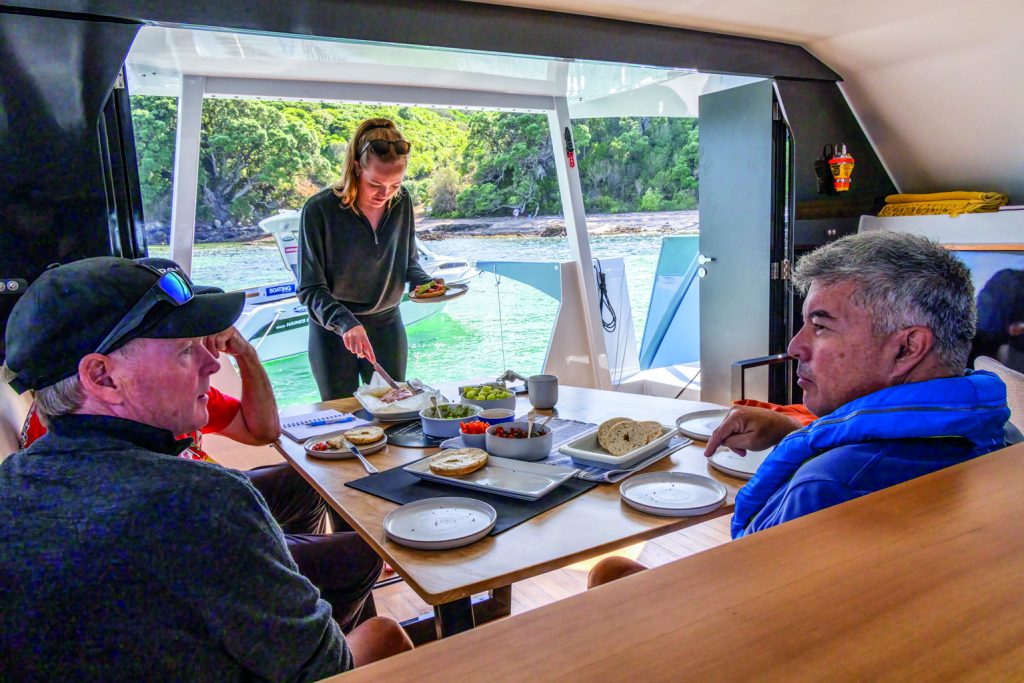
So for lunch – a magnificent spread provided by Steve’s wife, Fleur – we were able to snuggle in close to the green bush-clad, birdsong-ringing shores of Tiritiri Matangi Island.
Lunch also demonstrated the easy elegance of entertaining for numbers of people. We had experienced young sailors Bree Reynolds-Smith (Captain for the day) and Dylan Browne aboard, and Roger Mills and Brett Patterson from the Boating New Zealand chase boat crew joined us too, stepping aboard from the stern platform. Around the table we talked further about the Matera 40 design and Aventador (see video).
The sense of the joined saloon and cockpit space is further enhanced by a fold-down sunbathing or dive platform in the middle of the boat, able to be lowered when the dinghy tender is down too.

Given the boat’s light displacement – four tonnes lightship – the Matera 40 also has modest ground tackle. A 20kg anchor conveniently hung from under the forebeam and 8mm chain, with remote control for an electric up-and-down anchor winch. A generous-length anchoring bridle, easily attached, helps minimise swinging at anchor. The front trampoline is of no-stretch, near bulletproof Ferrari mesh. Black, to keep with the boat’s colour theme, but surprisingly, cool underfoot.
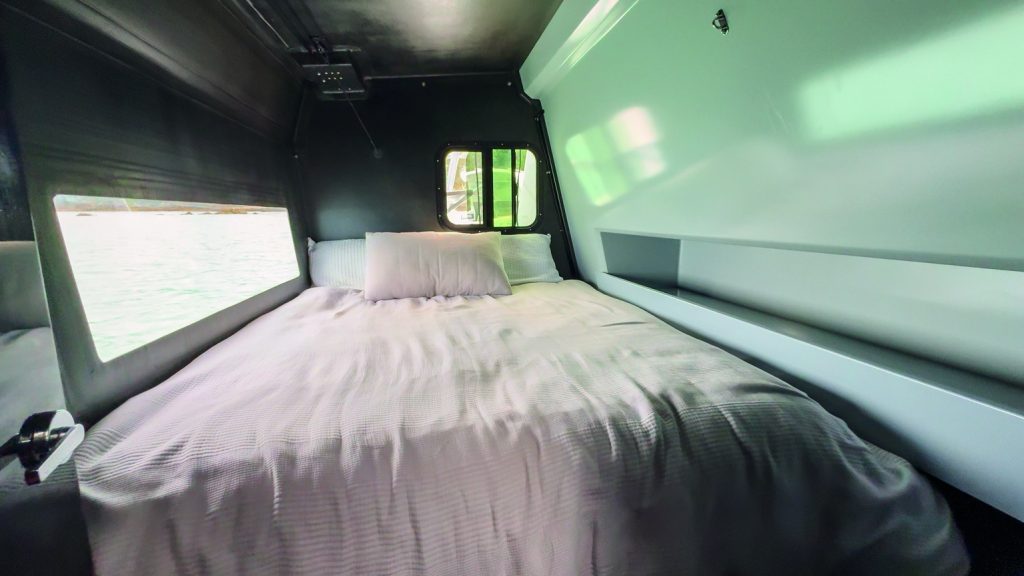
Some construction notes: Aventador’s hull and deck panels were built using 400g carbon fibre cloth inside and outside, over a 15mm closed-cell PVC core. These were vacuum-moulded over MDF forms, resulting in remarkably smooth surfaces, needing almost no filling. Steve has it succinctly: “We had a good deal on carbon from NZ Composites. Result: less structure, less build.”
Resin used was ADR 246, a West System product, with #28 Hardener and ‘cooked’ at 55o C. All done at Steve’s boatyard in Hobbs Road, close to Gulf Harbour Marina.
This build philosophy—and its practical result—is best shown in the wide, uninterrupted arch of the coachroof above the saloon. Stiff, too, as I watched a crew member up there attending to the mainsail lazy jacks. The custom hatches throughout the vessel were manufactured in Henderson by Cule Marine.
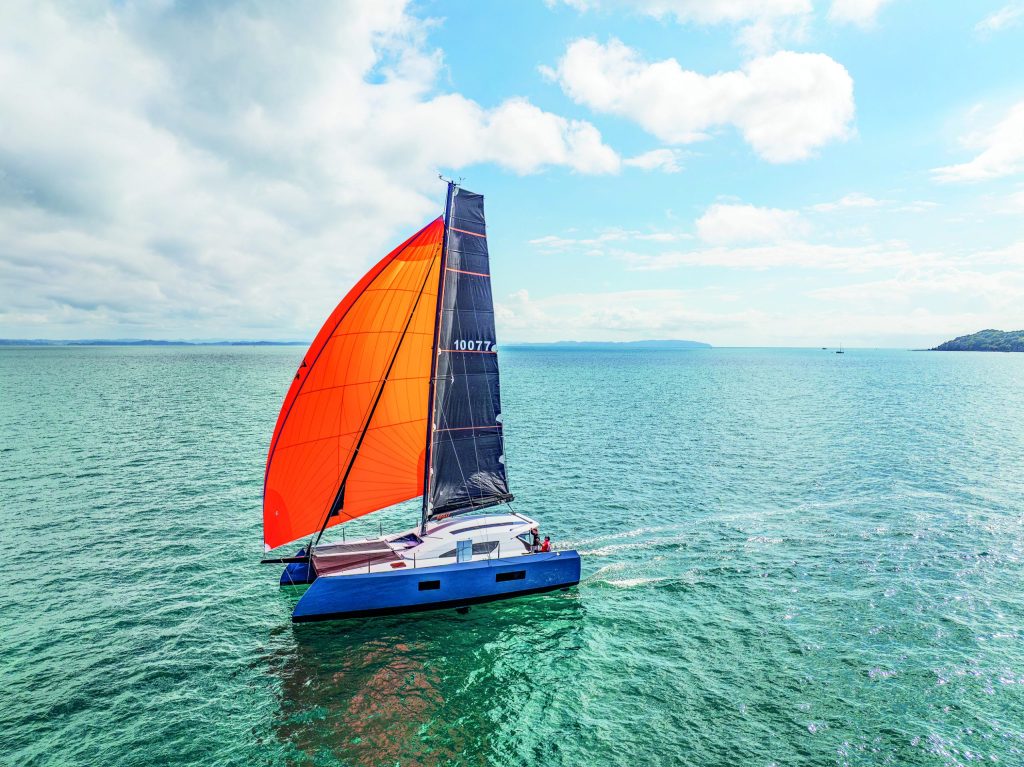
The coachroof accommodates six 200W low-profile, flexible solar panels from top-end Italian manufacturer Solbain. On a sunny day, they can provide up to 26W per hour incoming power.
On that same expansive coachroof, two low, angled wooden rails can channel rainwater directly into the on-board water tanks. A nice low-tech touch. Effective too.
Under that roof, there’s the big saloon, generous nav station, and forward-facing galley. In the hulls, which are almost identical, there’s a fore-and-aft-facing double bunk towards the stern in a private cabin, an abeam-facing double bunk, then an ensuite for’ard of that. The boat is really set up for two couples, each having their own hull. If some kids come along – well, that’s fine too.
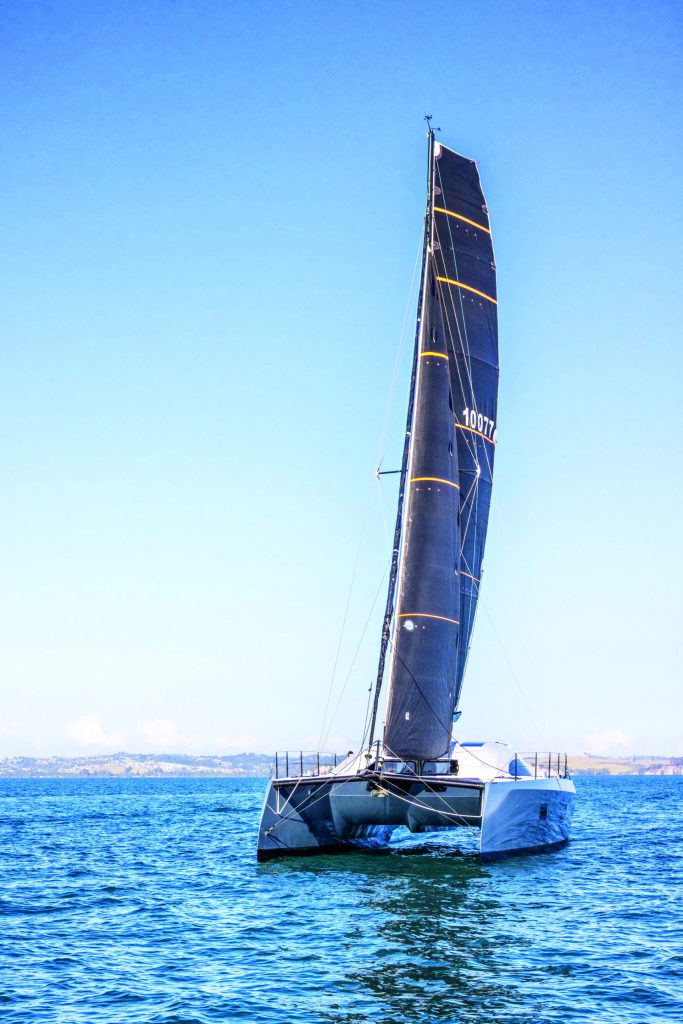
There’s a future Matera 50 as a gleam in Steve and Kerry’s eyes too. Powerful, fast, simple, and stunningly eye-catching too. Just like the Matera 40. It will be the Gunboat of New Zealand catamarans.
For now, though, the emphasis is on getting the world to know about Aventador and the Matera 40. And on the basis of our sail and these photos, that shouldn’t be hard.
For this is one stunning sailboat.
And bugger the clichés. I’d say, ‘Simply the best.’
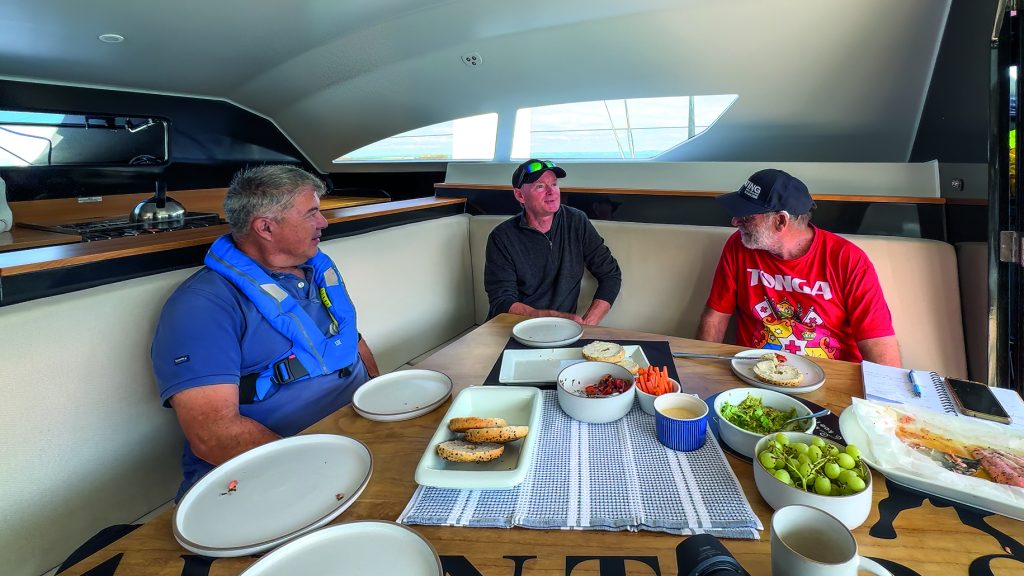








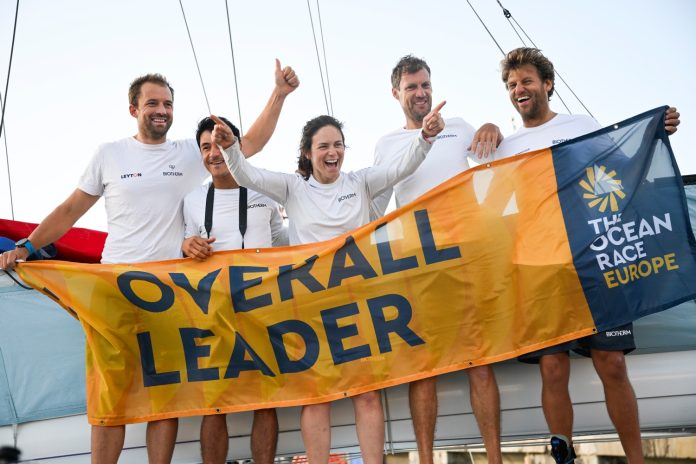

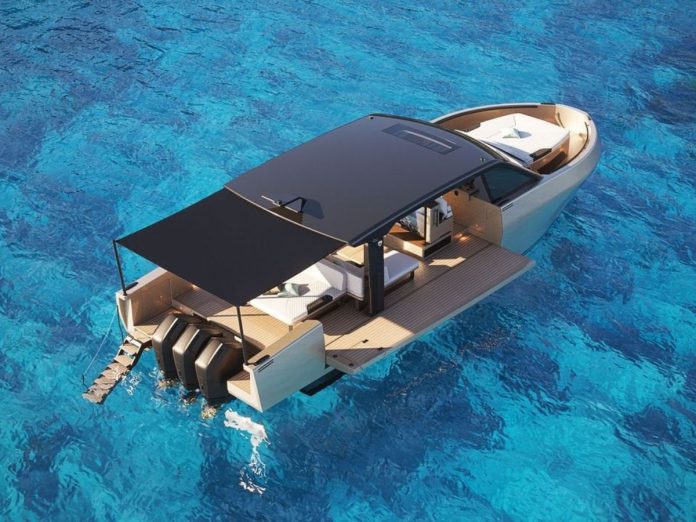

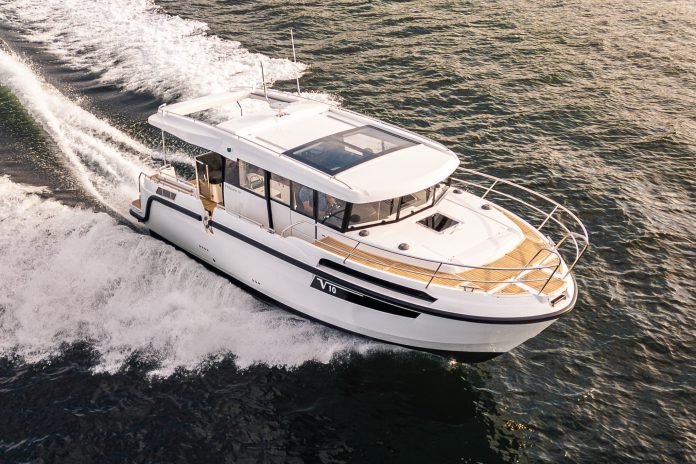
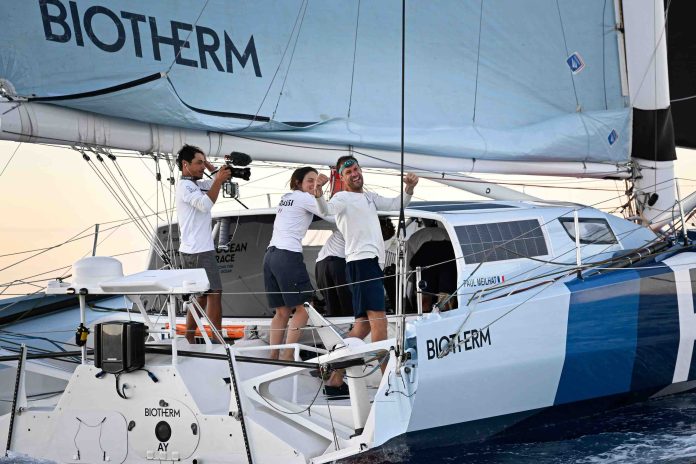

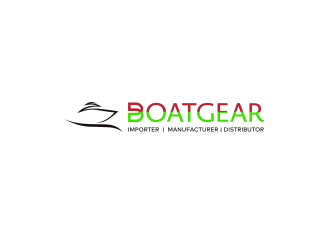





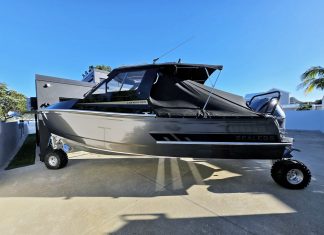
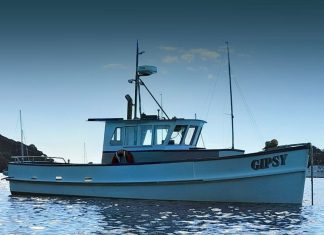
Great boat, great design/builder.